Results 1,151 to 1,160 of 12096
Thread: Anandtech News
-
11-09-11, 10:00 AM #1151
Anandtech: Adobe Kills Mobile Flash Plug-In
Adobe announced via a press release today that it would cease development of the Flash Player for smartphones and tablets, and would shift its focus to HTML5 support for those devices. This decision is due at least in part to Apple's refusal to allow Flash on iOS devices, making HTML5 the de-facto standard for developers wishing to target the highest number of platforms possible with the least amount of development effort.
Adobe says that it will now focus on enabling Flash apps on mobile devices through its Adobe AIR software, rather than developing plug-ins for specific devices. The final version of the Flash Player plugin for mobile devices will be 11.1, which will come to Android and the BlackBerry PlayBook soon - following its release, updates will fix bugs and security problems rather than add new features.
Though Flash will likely live on in Adobe's portfolio for the forseeable future (Adobe's announcement confirms that Flash Player 12 is already in development), this change of course is likely the beginning of a slow fade from relevance on the desktop as HTML5 becomes more feature-rich and browsers' implementations of it improve. Adobe itself will speed this transition along when it releases the final version of Adobe Edge, its forthcoming HTML5 development software.
Source: Adobe
More...
-
-
11-09-11, 03:20 PM #1153
Anandtech: OWC Mercury Aura Pro Express 6G Review: A Fast MacBook Air SSD Upgrade
I've written previously about the SSD lottery you play when you buy a new MacBook Air. As with many commodity components, Apple sources its SSDs from two sources. For now, that appears to be Toshiba and Samsung. Apple tends to pick suppliers that can deliver a reliable product in the quantities it's interested in. In the storage space at least, Apple doesn't seem to be overly concerned with performance but rather making sure the solution works.
A year ago, the Toshiba and Samsung controllers offered fairly similar performance. These days the same isn't true. While Samsung has updated its controllers, Toshiba's solution still offers the fairly abysmal random write performance it did a year ago. With the recent release of the Samsung SSD 830, I expect the trend of Samsung drives increasing in performance will continue next year as well.
Unlike the rest of Apple's notebook lineup however, it's not so easy to just swap in a higher performing (or larger capacity) SSD in your MacBook Air. The very first MBAs used a PATA LIF connector, a rarity on most drives. Apple eventually transitioned to a SATA LIF connector, and then with the release of the 2010 MacBook Air we encountered a new thin form factor SSD with a custom interface connector. In all of those cases, the market for third party MacBook Air SSDs popped up at some point post-launch. The 2010/2011 MacBook Air has been no different.
If you've followed the aftermarket Mac support business then OWC should be no stranger to you. If you haven't heard of OWC from their Mac efforts, there's always the fact that second to only OCZ, no one has been quicker at releasing SSDs based on brand new SandForce controllers.
OWC put out an aftermarket drive for owners of 2010 MacBook Airs based on the 3Gbps SF-1200 controller. For 2011 MBA owners there's a 6Gbps SF-2281 option: the OWC Mercury Aura Pro Express 6G.
Read on for our review!
More...
-
11-09-11, 04:40 PM #1154
Anandtech: Intel Haswell Info: Single Chip for Ultrabooks, GT3 GPU for Mobile, LGA-11
VR-Zone spotted a bunch of very interesting slides about Haswell over at Chiphell. The slides and information both look fairly believable so let's get with the analyzing shall we?
Haswell is Intel's next tock, meaning it's a brand new architecture. Haswell will debut sometime in 2013 on Intel's 22nm process, first introduced with Ivy Bridge at the beginning of 2012. The information on Haswell spans three major platforms: notebooks, desktops and Ultrabooks.
Integration
Haswell for Ultrabooks will be available in a 15W TDP, similar to where SNB based Ultrabooks are today. The big news here is Intel will move the PCH (Platform Controller Hub) onto the same package as the CPU, making the Ultrabook version of Haswell a single chip solution. With Sandy Bridge you needed two parts from Intel, the CPU and the PCH, with Haswell you only need the Haswell MCP (multi-chip package). That's two individual die on a single package, often the precursor to outright die integration (perhaps at 14nm?). The combined MCP should require a smaller footprint than the CPU + PCH arrangement we have today, allowing for less cramped (or smaller) motherboards and potentially even larger batteries in Ultraboks. This is a huge move as it really starts to blur the line between Ultrabook and tablet hardware.
While Haswell for Ultrabooks tops out at two cores, you can get 2 or 4 core versions in notebooks and desktops.
Faster Graphics
Both the Ultrabook and notebook Haswell platforms will feature one of three different on-die GPU configurations: GT1, GT2 or GT3. Desktop Haswell will only be offered (as of now) in GT1 or GT2 configurations. No word on the differences between each configuration, but the fact that there are three in Haswell (vs 2 in SNB/IVB) indicates Intel may be exploring an ultra high performance GPU option to further encroach on discrete mobile GPU territory. An even higher performance GPU option for Haswell is something we hinted at in our Ivy Bridge architecture discussion.
Lower Power Memory & A New Socket
The list of memory support is also fairly power optimized. All three Haswell targets will support DDR3L, while the desktop version can use regular DDR3 and the Ultrabook version can use LPDDR3. All three implementations feature two memory channels.
It's important to note that despite Haswell's retarget to focus on 10 - 20W TDPs, the architecture appears to be capable of scaling nearly as high as Sandy Bridge (95W desktop parts will be available, although TDPs may not be directly comparable). This makes sense given that a single architecture can usually span an order of magnitude of TDPs without losing its edge.
Other Haswell features include integrated voltage regulators (should simplify things on the motherboard side), AVX 2.0 instruction support and of course things like AES-NI and Hyper Threading. Haswell will require a new socket: LGA-1150 for desktops.
Final Words
Nothing here is really all that surprising. We knew that faster integrated graphics was coming, I am curious to see just how powerful this GT3 option will be. The true test is whether or not it will be enough to steer customers like Apple away from including a discrete GPU in their 15-inch Macbook Pro for example. From what I've heard, much of Intel's integrated graphics roadmap has been strongly "encouraged" by Apple.
The move to a single-chip solution for a high-end x86 CPU is a pretty significant step. That line between tablets and notebooks is going to become mighty blurry come 2013.
Source: Chiphell via VR-Zone
More...
-
11-09-11, 05:00 PM #1155
Anandtech: AMD's Project Win: A Misunderstanding
Last week AMD announced layoffs that impacted 10% of its workforce. A disproportionate number of those AMDers were apparently from the marketing and PR groups, but even engineering was affected. In CEO Rory Read's internal memo announcing the layoffs, he made reference to a mysterious "Project Win" that would be discussed in a webcast on November 9th. That's today, but where's the webcast and what's Project Win?
There was an internal AMD webcast but there's no announcement of a change in corporate direction. AMD's next analyst day in early February 2012 is when we'll officially hear about what AMD plans to do under Read's leadership.
As for Project Win, that's simply an internal codename referring to an effort to streamline AMD's business practices. The project didn't have a name previously but it refers to something AMD has been talking about in its earnings calls for the past couple of quarters. An excerpt from last quarter's earnings call where Project Win was referenced (not by name) is below:
"Last quarter, I described a set of initiatives to streamline business and decision-making processes across our operations, R&D and go-to-market functions. We are in full executional deployment across each of the key work streams. These efforts are aimed at accelerating our transformation to a world-class design company...growing revenue, lowering costs and reducing time-to-market. We expect to see material benefits from this project in 2012."
In short, Project Win is just about making AMD leaner and more efficient. Layered on top of this leaner AMD will be a (new?) product strategy, which we'll hear about in February. Until then, there's still AMD's 28nm GPU launch that we're waiting for...
More...
-
11-09-11, 07:30 PM #1156
Anandtech: ARM's Mali-T658 GPU in 2013, Up to 10x Faster than Mali-400
ARM's licensed CPU cores dominate the mobile space. This year the core of choice for high-end smartphones and tablets is ARM's Cortex A9 and late next year it'll be the Cortex A15. ARM also offers GPU cores to its partners, although we've seen far more limited adoption compared to its CPU offerings. The limited adoption has nothing to do with a lack of performance though as we found in our review of Samsung's Galaxy S 2. ARM's Mali-400 MP4 is the fastest GPU we've tested on Android and second to only Imagination Technologies' PowerVR SGX 543MP2 across all of our mobile data.
The Mali-400, like NVIDIA's GeForce used in Tegra 2/3, doesn't feature a unified shader architecture - it has discrete pixel and vertex shader hardware. The Mali-400 is the last implementation of what ARM calls its Utgard architecture. Next year we'll see the Mali-400's successor: the Mali-T604.
The Mali-T604 was announced last year and it's the first implementation of ARM's new Midgard architecture. The T604 appears to be ARM's first unified shader architecture. Each T604 core is a combination of two arithmetic pipes and one texture pipe, although the width and capabilities of each are unknown. Like the Mali-400, the Mali-T604 will be available in 1 - 4 core configurations. The first T604 based SoCs will be available in the second half of 2012 on 28/32nm silicon. ARM is promising up to 68 GFLOPS of compute from T604 (presumably that's for a 4-core configuration at high clocks).
What comes after T604? ARM's Mali-T658 of course.
The T658 is a second generation Midgard implementation with twice the arithmetic pipes per core compared to the T604. ARM also enables up to 8-core configurations with T658. We'll see the first T658 implementations on 28/32nm sometime in 2013. It's unclear what other architectural changes have been made compared to the T604, but at bare minimum we can hope for a doubling of execution resources. ARM is promising up to a 10x increase in performance compared to "mainstream" Mali-400 implementations (perhaps single-core Mali-400).
Samsung is listed as a launch partner for Mali-T658, which isn't surprising given the company's use of Mali-400 in its Exynos 4210 (the SoC inside many of the Galaxy S 2s).
It's good to see ARM continue the evolution of its Mali graphics cores. Unlike in the PC market, there's almost no coupling between CPU and GPU IP providers in the mobile SoC space. ARM hopes to change that by offering very compelling GPUs in addition to its widely used CPUs cores. Since everything is already on a single chip however, it's unclear whether the mobile market will follow the same path - at least in the near term. The Mali-T604 and T658 will have their work cut out for them. There are new GPUs from Imagination, NVIDIA and Qualcomm that will be out over the next two years as well.
Gallery: ARM's Mali-T658 GPU in 2013, Up to 10x Faster than Mali-400




More...
-
11-09-11, 07:50 PM #1157
Anandtech: Understanding Intel's Android 4.0 x86 Optimizations
Earlier this week Computer World published a story about Intel adding x86 optimizations to the Ice Cream Sandwich release of Android (4.0). The story itself was fine but a quote in the article was a bit confusing:
"Ice Cream Sandwich includes OS optimization for x86, so Intel architecture-based devices can support it," said Suzy Greenberg, an Intel spokeswoman.
This statement was taken by many to assume that Intel had somehow done some optimization to Ice Cream Sandwich, however that can't be true as it flies in the face of what we know about how Google operates.
For each major Android release, Google first and foremost chooses a device OEM (e.g. Samsung for ICS, Motorola for Honeycomb). Together with the device OEM, Google selects components to be used for this Android launch vehicle - including the SoC. All of the SoC players bid. The selection process is a bit mystified however it seems that Google takes into account how well you did last time in picking you for the next round. Deliver killer performance on or ahead of schedule? Good for you. Let schedule slip or force Google to push back its launch? There may not be a next time. That's oversimplifying it a bit but you get the drift.
Only Google, the OEM selected and the SoC parter get access to the next Android code at this point. The rest of Google's partners are free to work on the Android Open Source Project (AOSP), but they don't get access to the new version of Android until it's added to the project.
For Ice Cream Sandwich, only Google and Samsung have access to the source. Sometime very soon, ICS will be added to the AOSP and then all of the SoC guys get to have at it. But where does this leave Intel and the statement above about ICS including OS optimization for x86?
It's not as exciting as it sounds.
Intel has been contributing x86 patches to the AOSP and Google's internal developer branch for the past two years. Today if you're to download Android, you can build a version that should run on x86 just fine. All of Intel's x86 support should be included as of Android 2.3.7.
When Google goes about developing a new version of Android, it takes the current AOSP and branches off from there. Any patches/optimizations that have been committed at the point of the branch make their way into the next version of Android. See where I'm going?
Any patches/optimizations, including those by Intel, that were present at the time of the branch made their way into ICS. Therefore, ICS does technically include OS optimization for x86.
Intel doesn't have access to ICS, nor is it any closer than all of the other SoC vendors to putting out an optimized ICS build. When ICS is open sourced, Intel along with NVIDIA, Samsung, Qualcomm, et al. will begin work on optimizing the OS for their platforms.
More...
-
11-10-11, 07:00 AM #1158
Anandtech: Corsair Gives Marvell Another Try With Performance Pro SSD
Corsair is no stranger to Marvell based SSDs. Prior to its current flagship Force 3 and Force GT (SF-2281 based) SSDs, Corsair released the Performance 3 Series using Marvell controllers. The attraction to Marvell is as follows: you get a much more affordable controller than SandForce's SF-2281 and you get the ability to roll your own custom firmware. The former is easy to benefit from, while the latter requires that you invest heavily in firmware development.
Today Corsair announced its second generation Marvell based SSD line: the Performance Pro. The drives boast sequential reads/writes of up to 515MB/s and 440MB/s, respectively. The drives come with a three year warranty and are available in 128GB and 256GB.
The big question is obviously what firmware development looks like for the Performance Pro and whether or not we'll see firmware updates going forward.
Gallery: Corsair Gives Marvell Another Try With Performance Pro SSD



More...
-
11-10-11, 07:11 AM #1159
Anandtech: Samsung Licenses PowerVR SGX MP from Imagination Technologies
Samsung is a bit of a mobile GPU conoisseur it seems. Its previous flagship, Hummingbird, used a PowerVR SGX 540 GPU. Its most recent high-end SoC, the Exynos 4210, uses an ARM Mali-400 GPU. Even more recently Samsung was listed on ARM's Mali-T658 deck, indicating its continued support for ARM based GPUs. Samsung is continuing to play both sides of the field though with today's announcement of licensing an Imagination Technologies PowerVR SGX MP core.
The SGX MP refers to ImgTec's Series 5XT cores, for example the PowerVR SGX 543MP2 used in Apple's A5. There are more options than just the 543 MP2, the SGX MP license could refer to another 543 configuration, an SGX 544MP1-16 or an SGX 554MP1-16.
More...
-
11-10-11, 09:00 AM #1160
Anandtech: Kingston Releases SSDNow V200 Series
Kingston has released a new SSD lineup named as SSDNow V200. This series comes in 2.5" form factor and is the successor of V100 series, which was released a year ago. Below is a table of the specifications.
V200 brings support for SATA 6Gb/s, which is always a welcome addition, although the speeds are more SATA 3Gb/s level. The controller is manufactured by JMicron and it's most likely JMF66x as that is JMicron's first and only SATA 6Gb/s controller if their roadmap is to believe. It was first shown in Computex 2011 and back then, JMicron claimed up to 500MB/s read and 400MB/s write. As the table above shows, something does not add up. V200 is good for only up to 300MB/s, 200MB/s short of the predicted read performance. Either Kingston's firmware is very bad, or JMicron had far too big expectations in June. JMicron's SSD controllers have usually been aimed at low-end SSDs, and JMF66x seems to be no exception. Of course, the other possibility is that the controller is not JMF66x, but a different SATA 6Gb/s controller which is not shown in the roadmap.Kingston SSDNow V200 Series Specifications Capacity 64GB 128GB 256GB Controller JMicron JMF66x (?) Interface SATA 6Gb/s Max Sequential Read 260MB/s 300MB/s 300MB/s Max Sequential Write 100MB/s 190MB/s 230MB/s 4KB Random Read (IOPS) 32,000 36,000 32,000 4KB Random Write (IOPS) 1,400 2,500 4,000 Price $131 $216 $481
Kingston markets V200 as a budget SSD, but I beg to differ. SF-2281 based 60GB OCZ Agility 3 goes for $86 in NewEgg, and 120GB and 240GB versions of this SSD go for $155 and $340 respectively. On average, Agility 3 is 30% cheaper and speed wise it's almost twice as fast. It's possible that resellers will sell V200 at lower prices but a 30% drop is unlikely (the prices in the table are from Kingston's online store).
If you are insterested in cheaper SSDs, stay tuned for our analysis on TLC NAND flash, which will (hopefully) be out soon.
More...
Thread Information
Users Browsing this Thread
There are currently 69 users browsing this thread. (0 members and 69 guests)






 Quote
Quote

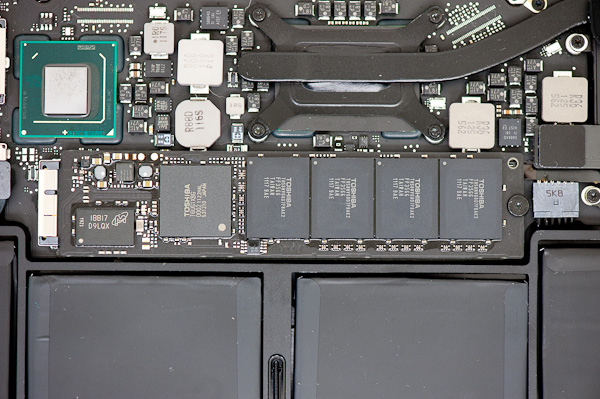
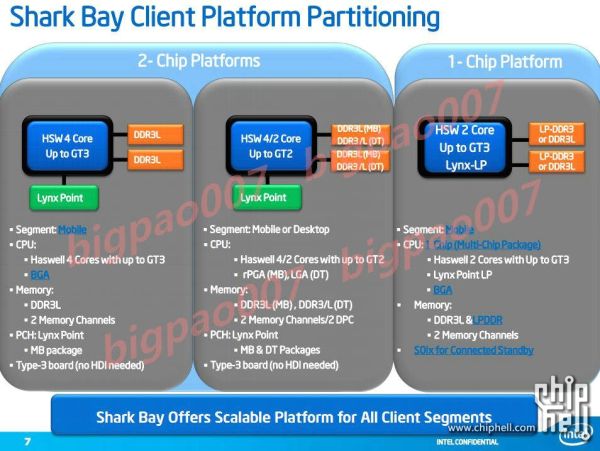
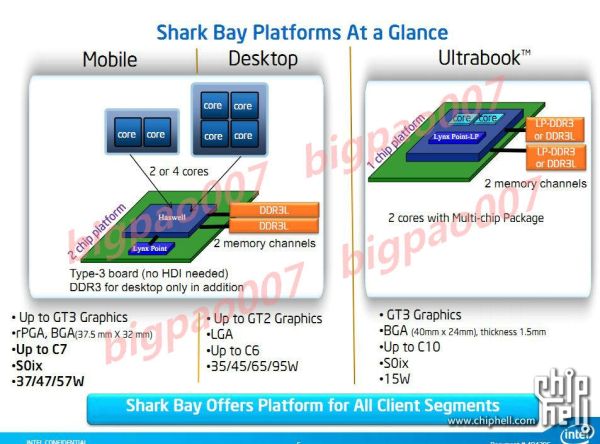
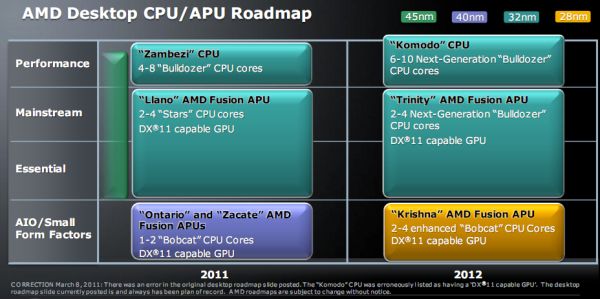
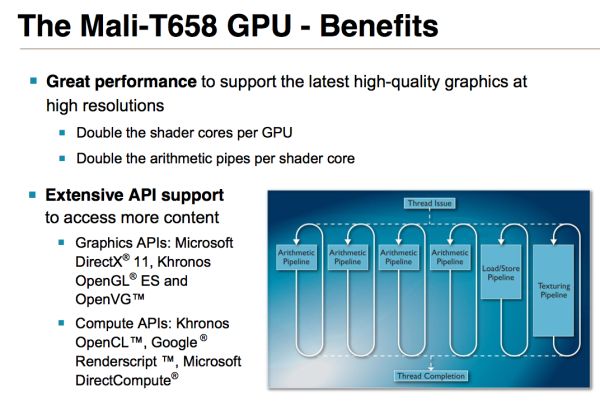
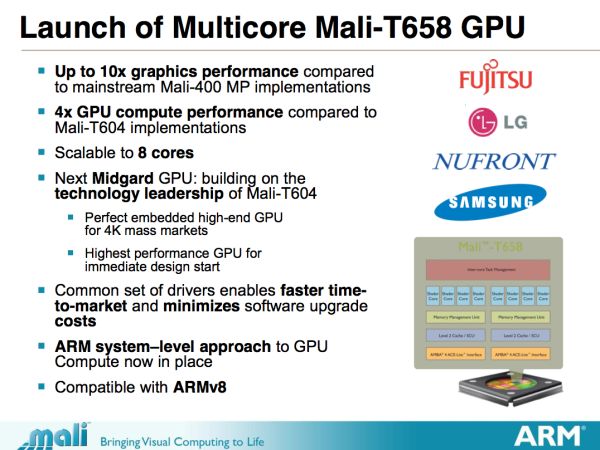
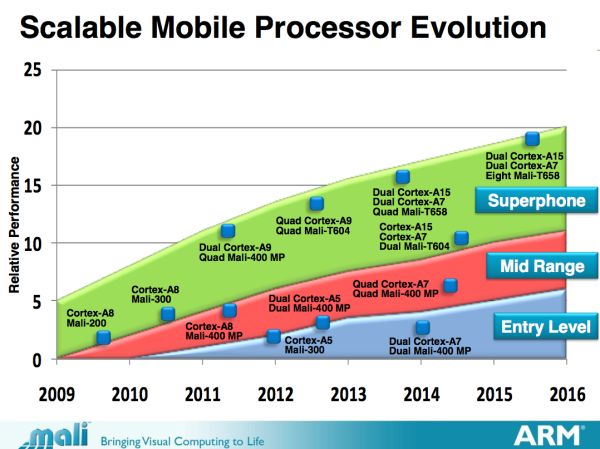
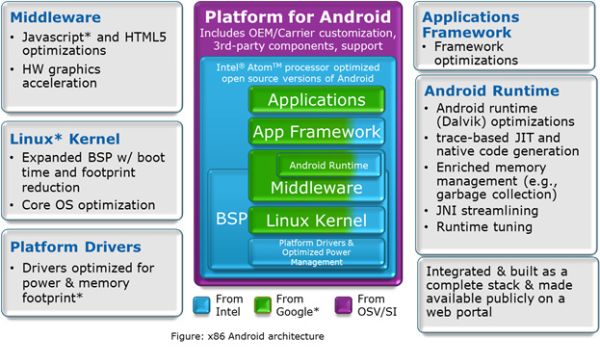
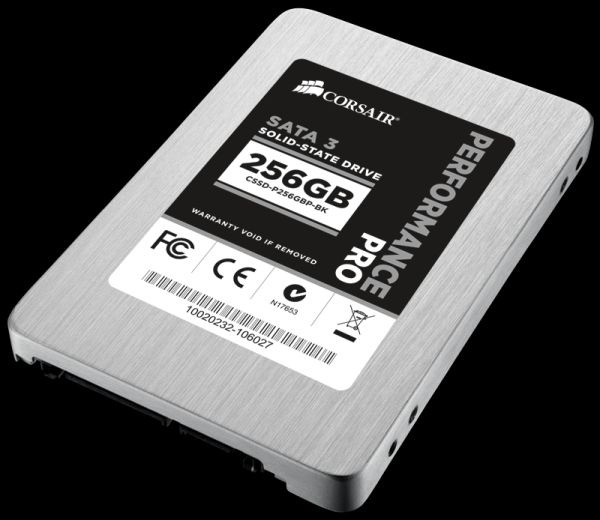
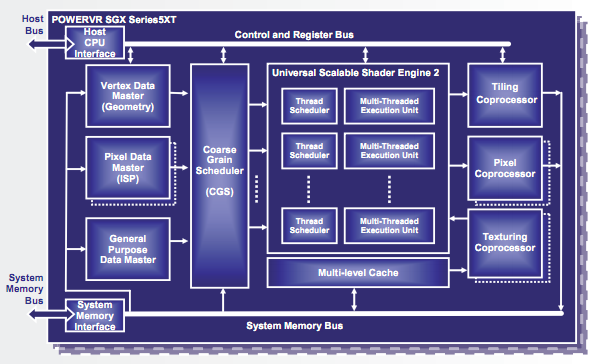

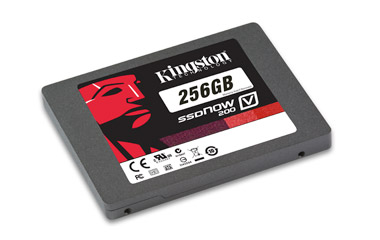
















Bookmarks